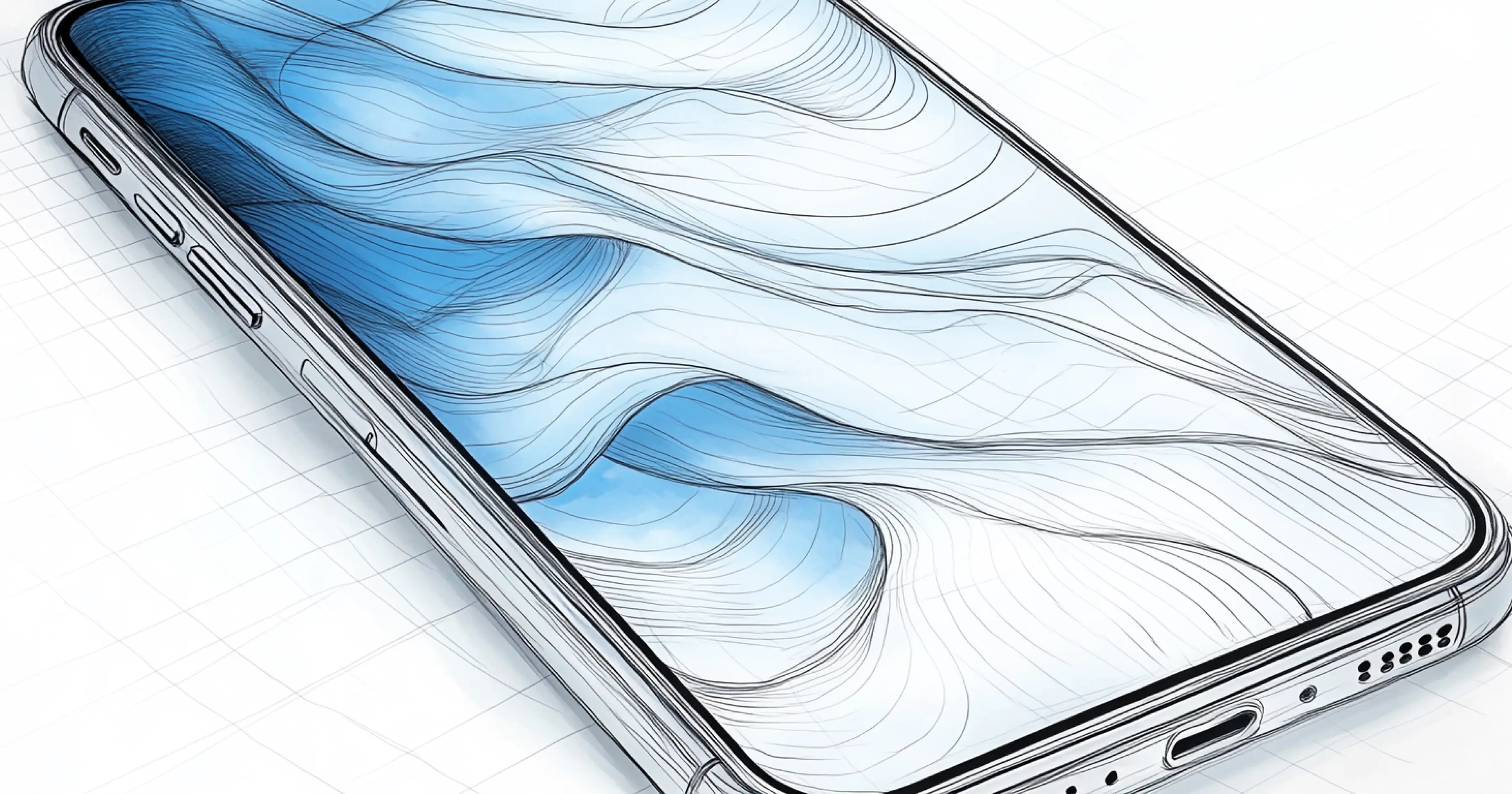Lately, I’ve been hooked on Tiny Glade gameplay videos. I can’t stop thinking about how effortlessly forgiving it is.
You start with simple elements—a house, a wall, some terrain, a path. You move things around, stretch them, reshape them. And the best part? The game never pushes back.
Raise a house’s floor, and support columns appear. Place a window too low, and it morphs into a door. Build a path to a hilltop house, and stairs emerge—because of course they do.
Tiny Glade isn’t just a world-building game. It’s a game that builds around you.
What’s interesting is that it doesn’t overwhelm you with choices. No endless menus. No deep catalog of blueprints. Just a handful of intuitive tools and smart rules that make those tools feel effortless.
Constraints don’t stifle creativity—they guide it.
Which got me thinking: What makes an interface truly forgiving?
The best systems don’t just let users do whatever they want. Just because something is possible doesn’t mean it’s a good experience.
Great interfaces anticipate intent. They don’t just allow—they assist. They respond in ways that feel natural, even delightful. And when users make an unexpected choice, the system doesn’t push back.
It says: Sure, let’s make that work.



